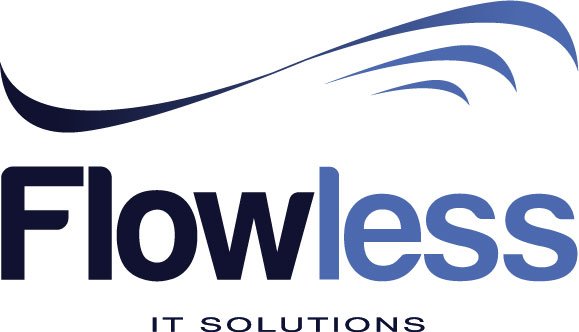Kano Model was developed with the objective of prioritizing customer satisfaction and customer happiness. When it comes to a software development, a massive backlog has to be completed. The product development team will have to spend a considerable amount of time in order to get the backlog items cleared. After the development of the product, the client will go through what is developed and check whether it matches with the business requirements and see whether there is any possibility to take the business to the next level with the help of it. That’s where Kano Model will come into play.
Kano Model was developed by a Japanese consultant and a researcher named Noriaki Kano. It uses techniques and ideas, which can help you to get a better understanding about the satisfaction of a customer with related to product features. The customer satisfaction level about the features will entirely depend on the level of functionality that is available. There is a possibility to classify features into four different categories. It is possible for you to go ahead and determine how the customers will feel about a feature by providing them with a questionnaire.
There are several important parameters, which will be able to determine the overall customer satisfaction levels. Performance of the system holds a prominent place out of them. The system should be a highly performing one, which caters to all customer requirements in a timely manner. On the other hand, the features that the customer must expect to get the basic requirements catered should be present as well. It is also important for the system to be attractive to the customer. Then the customer will prefer to spend more time along with the system and get work done. Last but not least, the customer is expecting the system to be indifferent.
— Slimane Zouggari
